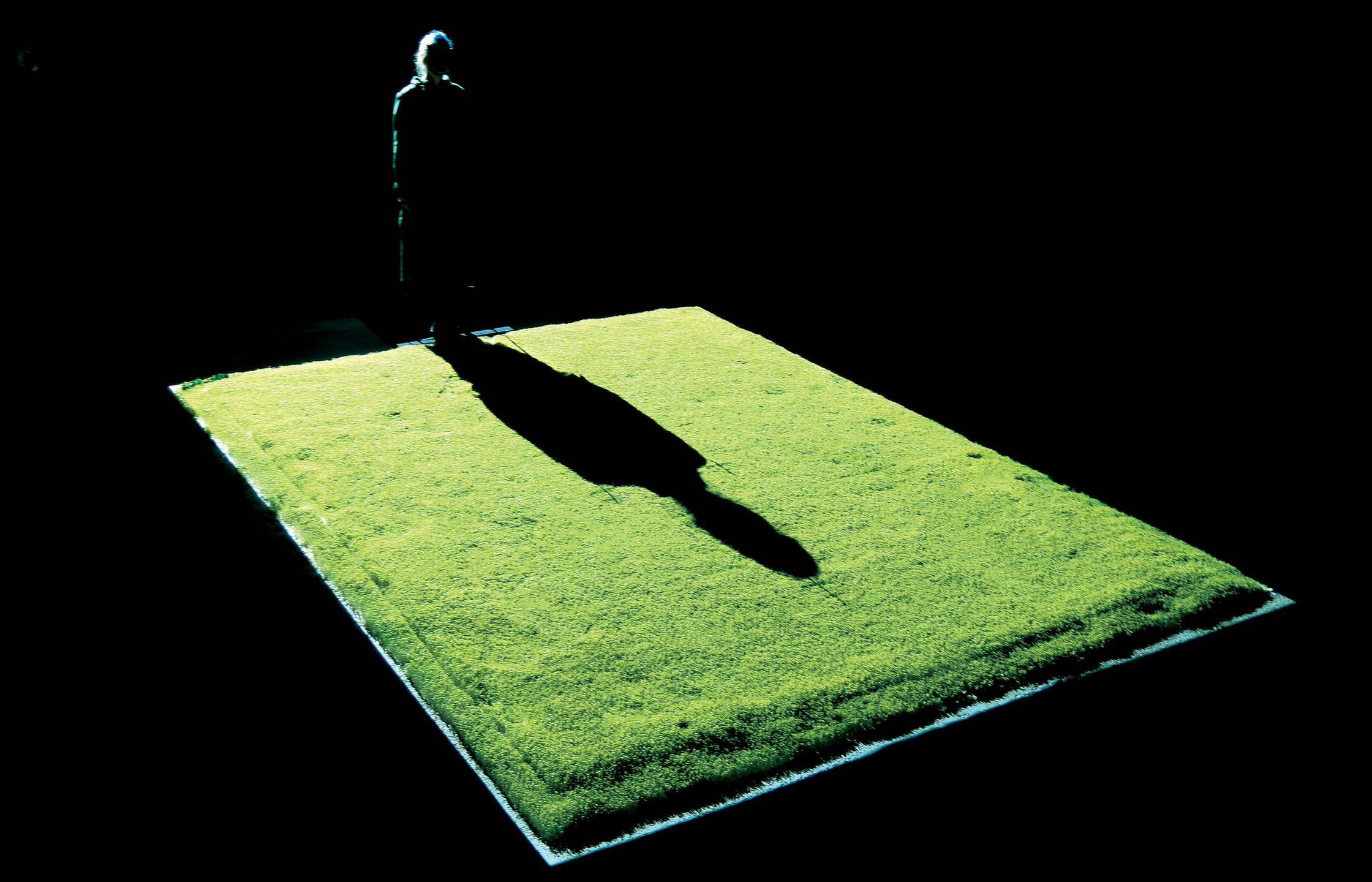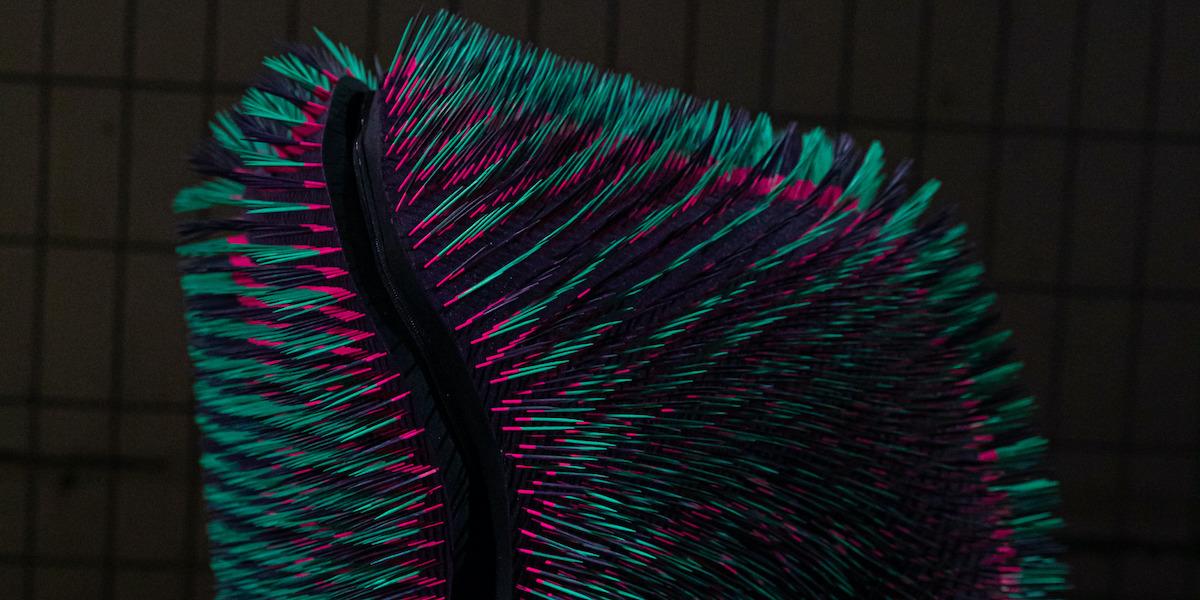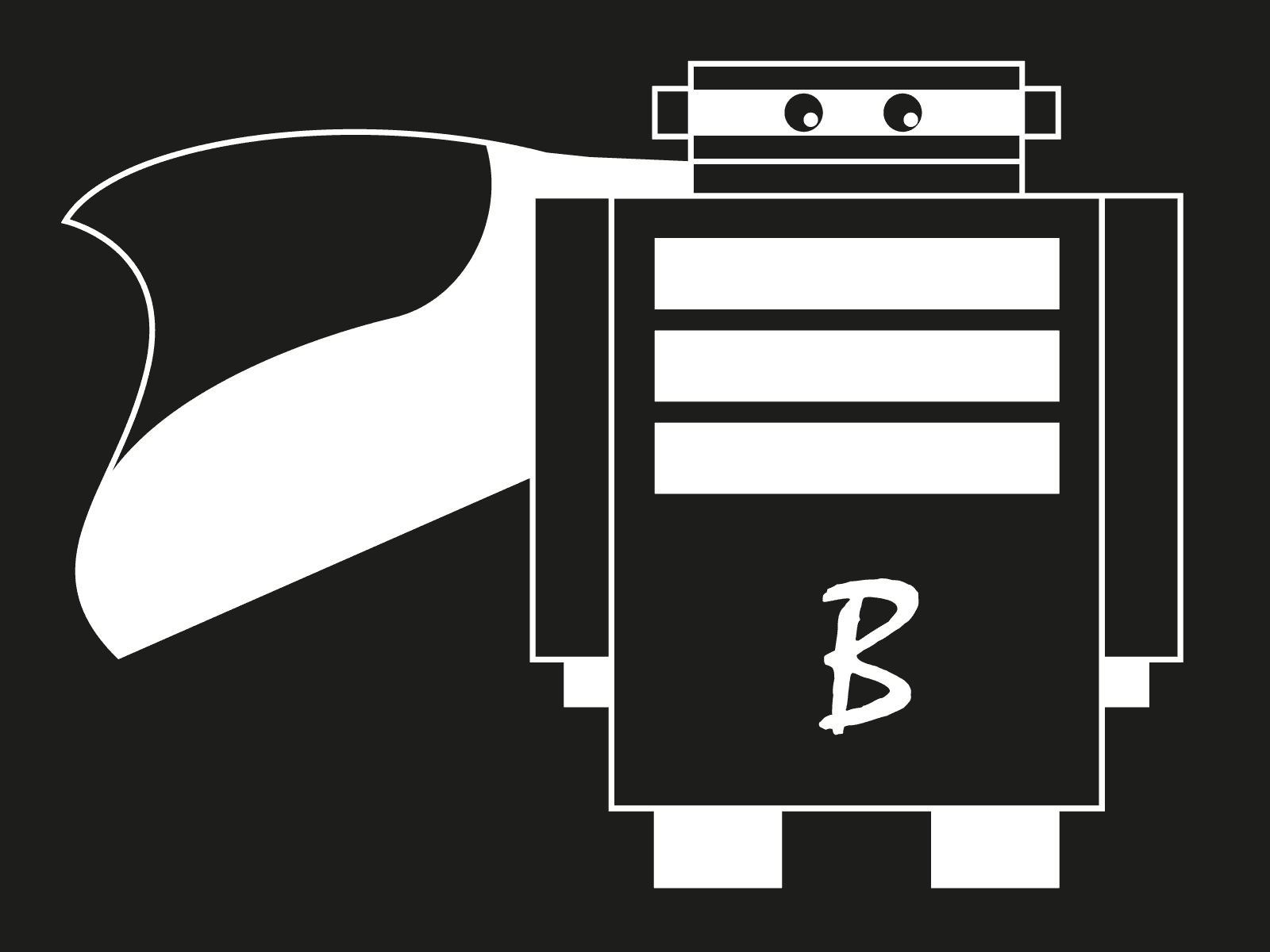Discussions at planet B about the speculative idea of a new planet often led to the realisation that we have to move away from a human-centered approach to life on the planet. This asks for a critical view to the age we live in, that some call the anthropocene: a time in which our planet is predominantly shaped by human activities. How can we do things differently on our fictional planet?
Diving into this debate, the recent symposium at our planet B outpost focused on the theme of environmental intelligence. This concept expresses the need to look beyond our human intelligence and open our eyes to other forms of intelligence. James Bridle is one of the researchers that argues this: “After willfully ignoring the intelligences of others for so long, the centrality of human intelligence is at the point of being knocked aside violently by our own inventions.” For example, the Wood Wide Web, opened our eyes to how trees interact and communicate.
And, let’s think of artificial intelligence. According to Bridle, it is because of new technologies that we are beginning to see the limits of our skills. And, start to acknowledge other forms of intelligence, for example of trees, animals, bacteria and so on. These forms are not all new, but have been overlooked or devalued because they do not fit our current, narrow view of what intelligence is. A lack of acknowledgement that is of danger to these intelligences, but also to ourselves. So, what to do?

Revisiting nature
As several speakers emphasised during the conference, it is important to look at nature not only as a natural resource, but look at how nature is valuable in other ways. Trees in a forest do not (only) exist for production of wood, nor for our entertainment, but as a part of an ecosystem that enables all kinds of life.
To become perceptive of different forms of intelligences, we need to employ a new way of seeing, and to use all the senses that we have. As, for example, Masha Ru’s Museum of Edible Earth demonstrated during Museumnacht at Waag, tasting soil can create a whole new sense of engagement with the planet.
Such forms of engagement pave the way for ecological thinking, in which human activity is understood as part of a complex web of life. As opposed to the idea that humans are the central beings of the universe.
This also becomes tangible in the project Confronting Vegetal Otherness by Špela Petrič, in which she revisits plants from an ethical perspective. The work ‘Skotopoiesis’ (shaped by darkness) from this series shows how both plants (cress) and the artist change when they interact. The human shadow that appears when the artist stands in the field, brings about a change in the plants that try to survive in a darkened place.
Hyperobjects
Being environmentally intelligent is not an easy task. Other forms of intelligence might not always be easy to percept, but rather abstract, or invisible. Researcher Timothy Morton uses the term ‘hyperobjects’ to describe things and concepts that are “massively distributed in time and space relative to humans”. They manifest itself in the local, but can never be grasped in full. A hyperobject could be a river, a forest, the sum of plastic bags in the world, or global warming. In short: they are things that are not easy to perceive, which also makes it hard to understand the impact of their presence.
With planet B, we focus on how artists can help us to imagine and understand complex relationships and systems by making them visible and tangible through their work. If rivers, forests, oceans and clouds can be recognised as hyperobjects, we can also identify their capacity to act. Forms of agency that we might not have understood as such before.
Artist Theun Karelse explores what this idea means for our usage of technology. In his work Random Forests he wonders: can machines become environmentally literate? If we want machines to not be human-centered, they might need to perceive the environment directly, instead of learning it through human ideas and classifications. In other words, does AI not only need training datasets, but training forests?

New ways of seeing
Environmental intelligence reflects a need to move beyond an anthropocentric worldview, that at the same time acknowledges that we are still human. Some form of human centrism is therefore unavoidable. And while new technologies might enable new ways of seeing, these are not necessarily better. And who decides what ‘better’ even means? During planet B expeditions, we explore these questions through artistic research, as for example shown during Museumnacht Amsterdam. What image do we get of city life if we browse through images on Instagram? What impression can space research facilities and research results give us of outer space?
Learning how to recognise and apply environmental intelligence is a constant process. The conference at planet B showed how artists and researchers relate their work to the concept of environmental intelligence in different ways. Their work will help us understand and imagine how environmental intelligence can give us the tools to create a fair and sustainable planet B.


